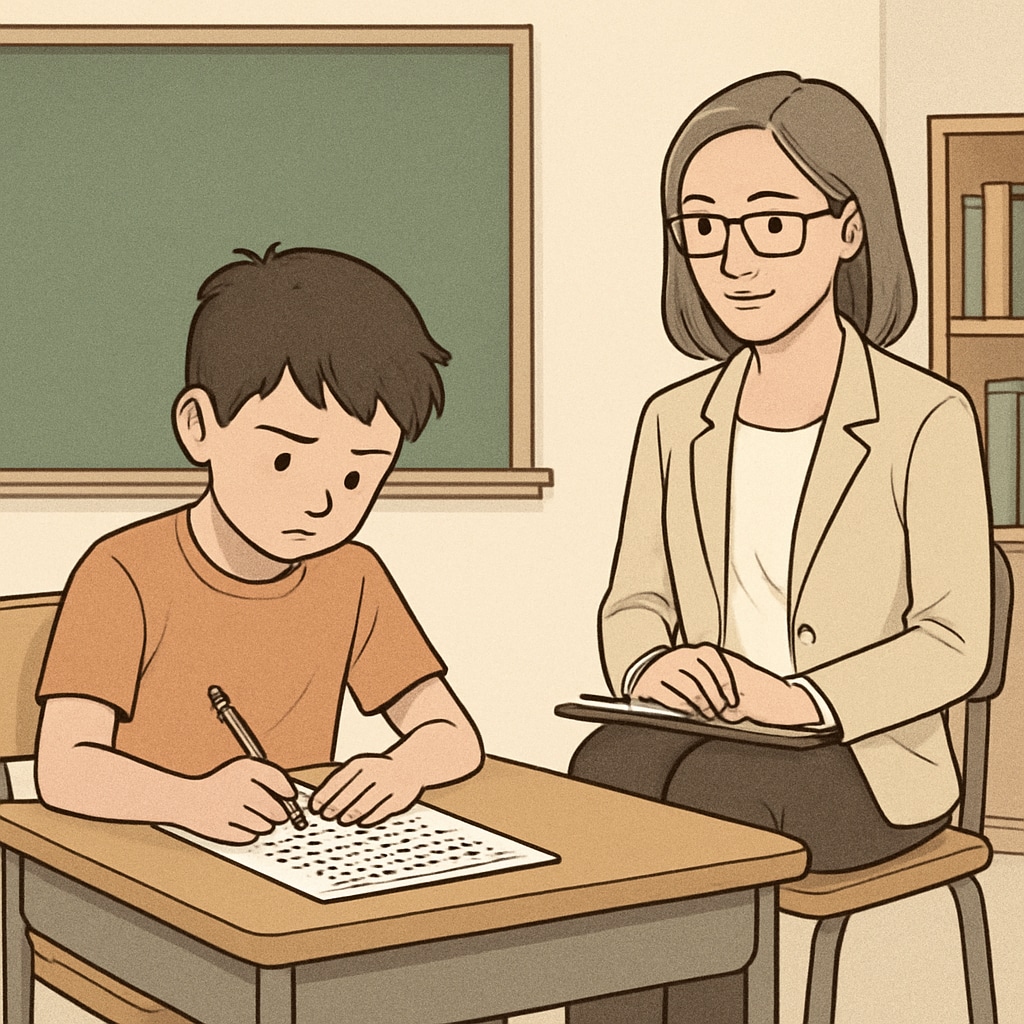Gifted children require specialized educational approaches to nurture their unique abilities. To identify these children effectively, selecting the right intelligence testing methods is critical. Among the most widely recognized tools for assessing talent and intelligence are the Cognitive Abilities Test (CogAT), the Wechsler Intelligence Scale for Children (WISC), and the Stanford-Binet Intelligence Scale. In this article, we will delve into the characteristics, advantages, and limitations of these standardized tests, offering parents and educators a clear guide to choosing the best option for assessing children’s potential.
What Are Children’s Talent Assessments?
Talent assessments for children aim to measure intellectual strengths, problem-solving skills, and cognitive abilities. These tools help educators and parents understand a child’s learning potential and identify advanced learners or those who could benefit from special programs for gifted children. For example, the Cognitive Abilities Test (CogAT) evaluates reasoning and problem-solving abilities, while other tests like WISC and Stanford-Binet provide detailed insights into various intelligence domains.
Comparing Top Talent Assessment Tools: CogAT, WISC, and Stanford-Binet
Each of these tools provides unique insights into a child’s capabilities. Below, we examine their key features:
- CogAT: This test assesses students’ verbal, quantitative, and nonverbal reasoning skills. It is widely used as a screening tool in schools to identify gifted children. However, it is not an IQ test and does not measure general intelligence comprehensively.
- WISC: The Wechsler Intelligence Scale for Children measures IQ across multiple dimensions, including verbal comprehension, working memory, and processing speed. It is ideal for a detailed understanding of a child’s cognitive profile but can be time-intensive and expensive.
- Stanford-Binet: Known for its longstanding reputation, the Stanford-Binet Intelligence Scale evaluates five factors of cognitive ability: fluid reasoning, knowledge, quantitative reasoning, visual-spatial processing, and working memory. This test is highly reliable but may require specialized administration.

Key Factors to Consider When Choosing an Assessment
Selecting the appropriate test depends on several factors:
- Purpose: Are you looking for a general screening tool (e.g., CogAT) or a comprehensive IQ test (e.g., WISC or Stanford-Binet)?
- Age of the Child: Some tests are more suitable for younger children, while others are designed for older age groups.
- Time and Cost: Consider the time required for testing and whether the cost fits within your budget.
- Specific Strengths: Different tests emphasize different areas of intelligence, so align the test’s focus with your child’s suspected strengths or needs.
For example, WISC may be the better choice for detailed cognitive profiling, while CogAT might suffice for identifying children who perform exceptionally in reasoning tasks.

The Role of Educators and Psychologists in Talent Assessment
While parents often initiate talent assessments, the role of trained educators and psychologists cannot be overstated. These professionals conduct tests, interpret results, and recommend strategies for supporting gifted children. According to the Encyclopedia Britannica, psychological testing requires expertise to ensure that results are accurate and meaningful.
Moreover, educators can use assessment results to tailor educational environments, create individualized learning plans, and provide enrichment opportunities that align with the child’s abilities.
Conclusion: Finding the Right Path for Gifted Children
Choosing the right talent assessment tool is a crucial step in supporting gifted children. Whether you opt for CogAT, WISC, or Stanford-Binet, understanding the strengths and limitations of each test can lead to better decisions. Consider your child’s unique needs, budget constraints, and the expertise of professionals administering the tests. Remember, nurturing giftedness goes beyond assessment—it involves providing the right resources and encouragement to help these children thrive.
Readability guidance: This article balances concise paragraphs, bullet points, and clear transitions to ensure readability. It highlights key information while maintaining a professional tone, making it accessible to parents and educators alike.


